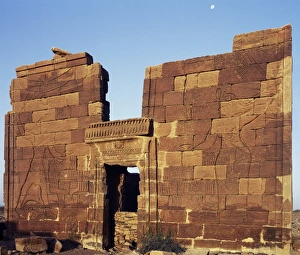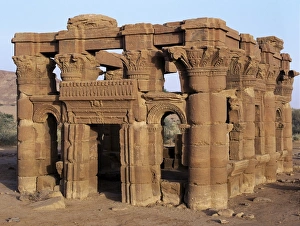Kush Collection
"Unveiling the Ancient Kingdom of Kush: A Journey Through Time" Step back in time to the 13th Century BC, during the 19th Dynasty, when the kingdom flourished
All Professionally Made to Order for Quick Shipping
"Unveiling the Ancient Kingdom of Kush: A Journey Through Time" Step back in time to the 13th Century BC, during the 19th Dynasty, when the kingdom flourished. From 1213 to 1279, an altar stood as a symbol of their religious devotion. Witness the captivating scene of "Foreigners in a Procession, " depicted on painted limestone dating back to c. 1345 BC. This artwork offers a glimpse into the multicultural society that thrived within Kush's borders. Marvel at a statuette from the 8th century BC, showcasing a man adorned with an oryx, accompanied by a monkey and draped in a leopard skin made from ivory. Such intricate craftsmanship reflects their reverence for nature and its creatures. Discover how tributes were carried by Kushites - gold, ivory, and animal skins - as they paid homage to their rulers. These precious offerings can be traced back through time from the Tomb of Rekhmire. Explore coins minted during AD 127-155 under Kushan rule; these copper tokens bear witness to economic prosperity and trade connections that extended beyond their borders. Enter into the funeral chapel dedicated to Meroitic queen where reliefs tell stories of her life and legacy etched forever onto stone walls—a testament to her importance within this ancient civilization. Gaze upon Meroitic stelae standing tall amidst history's sands—these inscribed pillars commemorate significant individuals who shaped Kushite culture and left lasting imprints on future generations. Observe King Taharqa’s shabti figurine—an artifact intended for his afterlife journey—symbolizing his eternal presence in My Valley alongside other revered kings who ruled over this land throughout centuries past. Immerse yourself further into this enchanting world with yet another glimpse at those remarkable coins minted between AD 127-155 under Kushan reign—a tangible reminder of their enduring influence on trade and commerce.












